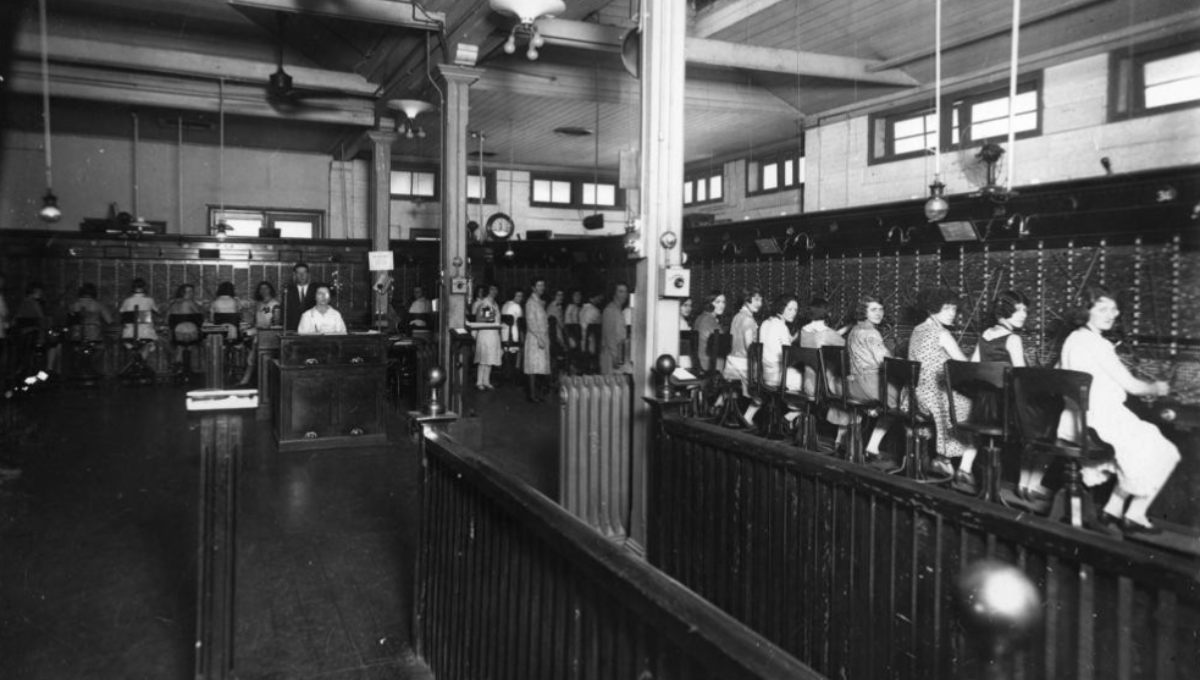The evolution of telephone services in Queensland began on 28 January 1878, with the first successful call between Brisbane and Ipswich. By 1880, Brisbane’s first telephone exchange was established at the General Post Office. As technology advanced, automatic exchanges emerged, with the first in Queensland installed at South Brisbane in 1925, followed by the Brisbane Central Exchange in 1929.
Chermside saw significant civic development in the early 20th century. A school was built in 1900, followed by a police station in 1904, and a School of Arts in 1909, which later became the local library and a branch of the Government Savings Bank. Post-World War I, the influx of war veterans spurred population growth, with the district’s population rising from 649 in 1901 to 2,319 by 1933.



Growing Chermside
After World War II, Chermside became a trendy suburb, attracting Mater Prize Homes and hosting the first public hospital built post-war, the Chermside Tuberculosis Chest Clinic (now Prince Charles Hospital) in 1954. The suburb’s population boomed from 4,435 in 1947 to 14,702 in 1954, highlighting the need for improved communication infrastructure. Initially, telephone services were routed through the Albion Telephone Exchange, but increased demand necessitated a new solution.
In 1949, a temporary automatic telephone exchange was set up in a decommissioned US Army timber hut at Mermaid Street and Gympie Road. Recognising the need for a permanent facility, the Commonwealth Government’s Department of Works, Queensland Branch, drafted plans for a substantial brick building on Mermaid Street. Construction was part of a national initiative to enhance telephonic infrastructure, with Queensland allocated nearly £8 million, including £2 million for new exchanges.
In February 1951, K.D. Morris and Sons were awarded a £31,000 contract to build the Chermside Automatic Telephone Exchange, which was completed and operational by 1952. As Chermside’s population continued to grow, an extension to the exchange was added in 1965.
The Chermside Automatic Telephone Exchange remains a testament to the district’s need for modern telecommunication infrastructure during its rapid post-war expansion. Its design reflects the civic construction style of the 1950s, marking a significant period in Chermside’s history.
Read more stories from the Chermside Guide’s print magazine here:
